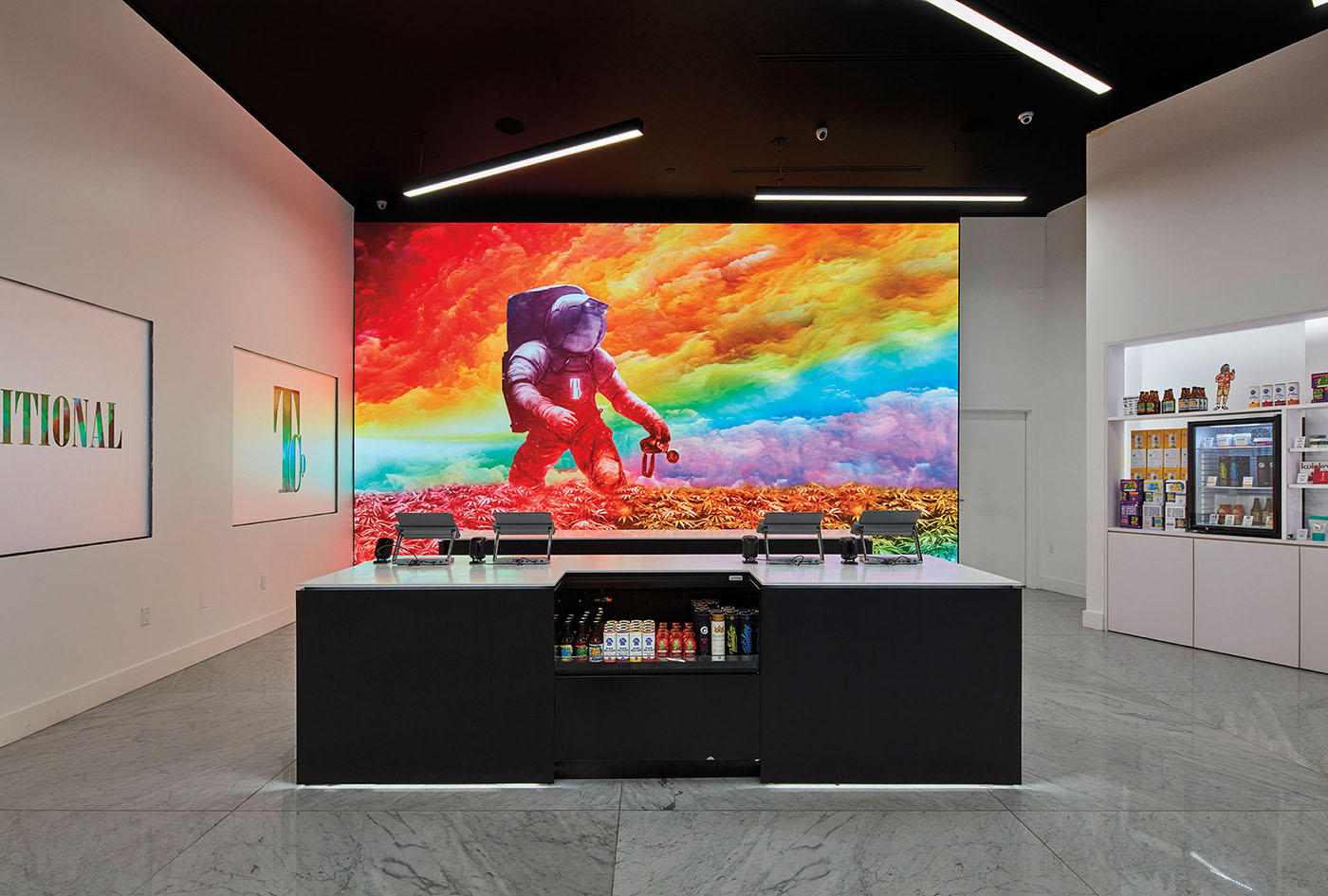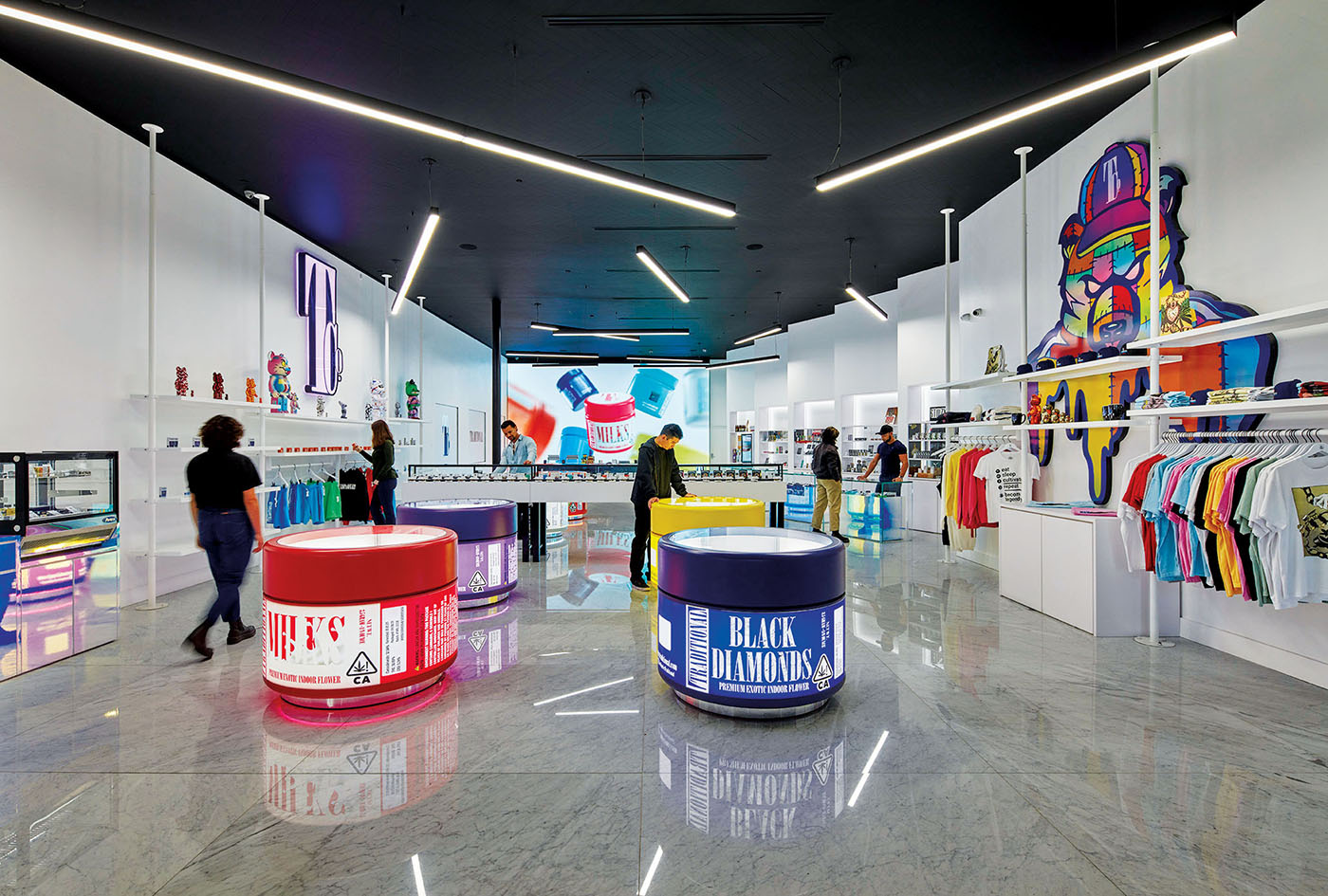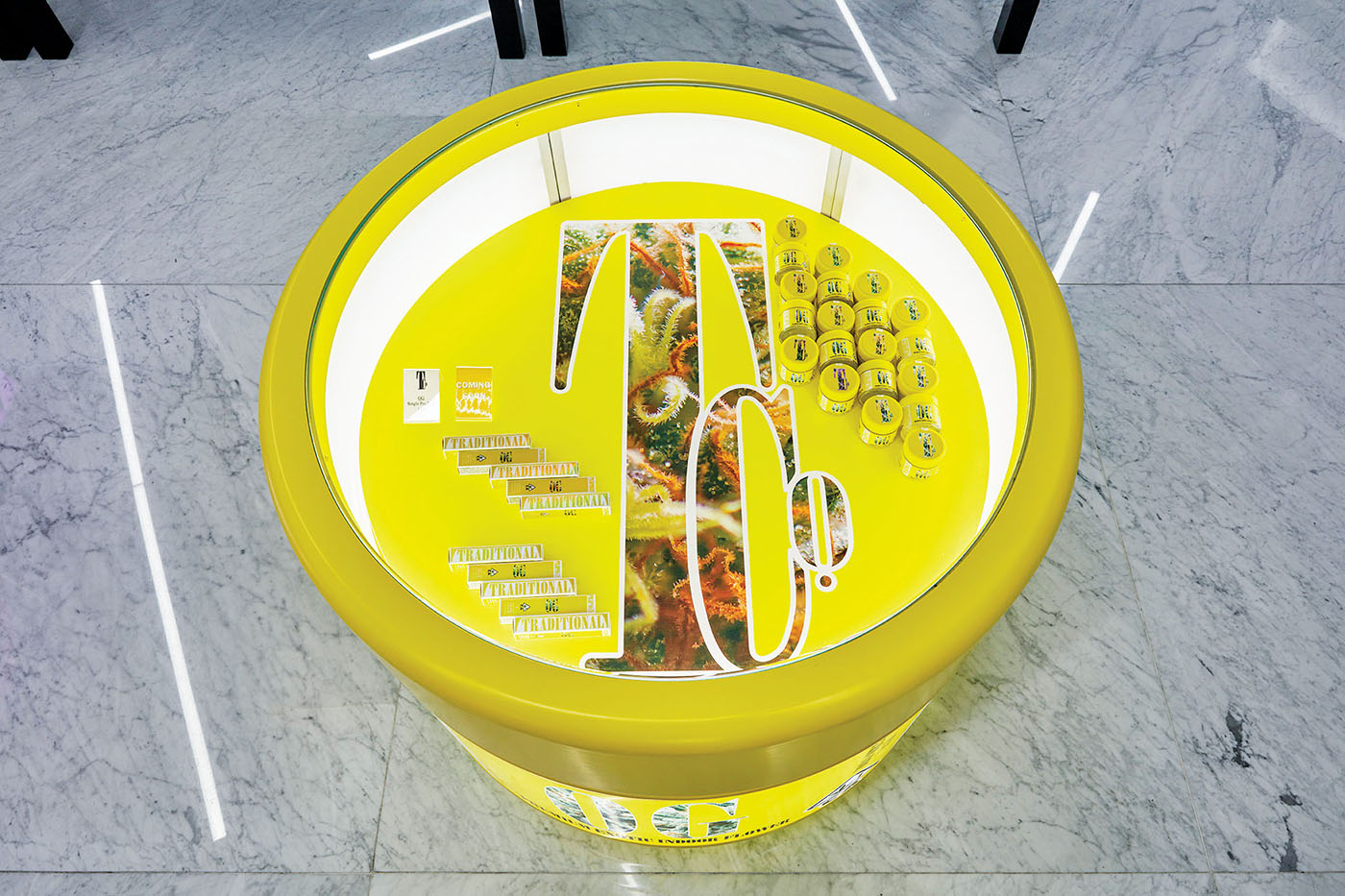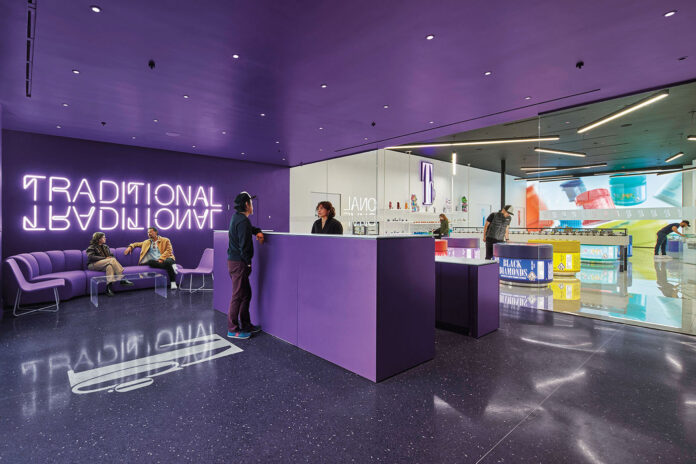Designing a traditional retail store is challenging, but when that business is a dispensary, regulatory requirements may shape the design and customer experience. Market-specific business regulations play a major role in dispensary design and brand rollouts, but differing requirements can be problematic for new operators or those working with an inexperienced team.
If regulations are not factored into the design process from the start, applicants may fail to obtain a business license. Even if retailers adhere to regulations during licensing, they may be prevented from opening or forced to close until the operation is brought up to regulatory standards if the built-out design is not compliant.
Regulations differ by state and even municipality, but many of them address similar concerns regarding dispensaries’ interior and exterior design in an effort to increase security on the property. While these sometimes can be tough to design around, the right architect and design team can create a compliant dispensary that curates a positive customer experience regardless of regulatory requirements or design constraints.

Interior
One of the most common regulatory stipulations impacting a dispensary’s floor plan is the requirement for a lobby or check-in area. This enclosed space or vestibule often is mandated to increase security and ensure customers have their identification verified before they are granted access to the retail area. While a lobby is not always required at the state level, it is sometimes necessary to comply with local regulations—a common phenomenon in states like California and New Jersey.
Secure storage requirements for cannabis businesses also can impact the interior design of a dispensary. Stringent regulations may mandate the use of vaults or secure storage rooms, which must be built into the building from the start. On the other hand, less strict markets may require only a safe or may have no storage mandates at all. Additionally, while some markets may allow the display of products on the sales floor, many require cannabis to remain in locked display cases or secured containers tethered to the counter.
For dispensary operators expanding into multiple markets, ensuring consistent design across all locations while adhering to differing sets of regulations can be difficult. It is important to set design standards at the conception of the brand rollout to ensure each location looks and feels the same to customers. One strategy is to design all dispensaries to comply with the most stringent regulatory requirements so the design will not need to change from market to market.
Exterior and premises
Many regulations for dispensary exteriors were created to establish security on the property and prevent loitering. Frequently, the more specific regulations regarding exteriors come from the municipal level, though the state may have some general requirements.
One common regulatory difference between markets involves the design of storefront windows. Some markets allow windows, others mandate a tinted security film, and some prohibit storefront windows altogether. Subtler regulations may simply state cannabis must not be visible from outside the building.
Dispensary signage is another common topic addressed by regulatory authorities. Signage must refrain from appealing to children, meaning bright-colored logos and playful wording that comply in some areas may have to change when operators expand into stricter markets. One way to ensure branding and signage are acceptable in all areas is to design signage with neutral elements and create more than one version of the brand logo.
Unlike with traditional retail businesses, municipal governments and planning boards may place additional stipulations on dispensaries before allowing them to operate. These extras often include requiring dispensaries to conduct repairs on a leased space that typically would be the responsibility of a landlord, such as updating the outdoor lighting, re-striping the parking lot, or securing a dumpster enclosure. Additionally, some dispensaries may be required to pay for traditional government expenses, such as installing a stop sign or repaving the road that runs in front of the building.

Customer experience
Design has a major impact on customers’ experience in the store—and their likelihood of returning. When designing a dispensary, it is important to consider which dispensing method the store will use and how this will influence the customer experience. Dispensaries may choose to curate employee-guided customer experiences, or they may opt for a more self-guided shopping experience.
Common dispensing methods include “deli-style” one-on-one consultations, where employees help customers individually at a stationary counter, and the jewelry store model, where cannabis is stored in secured cases throughout the store and customers may shop independently but must ask for assistance when they are ready to purchase. Some markets even allow cannabis stores to operate like traditional retailers, permitting the display of products on the sales floor without security barriers so customers are free to pick up and inspect what attracts their attention.

Though dispensary operators may have a preferred dispensing method and may even utilize this method successfully in another market, regulations could prohibit the preferred method in a new location. The widespread requirement of a lobby or check-in area is a common example that would impact customer flow and prevent the dispensary from feeling like a traditional retailer. Additionally, though the owner may want to display cannabis on the sales floor like standard merchandise, regulations may require those particular products be secured at all times.
One strategy to maintain the feel of a traditional retailer while remaining compliant with regulations is to display “dummy” products on the sales floor and keep the real stuff secured. Many brands display fake product packaging filled with cotton, sand, or rice to give customers the feel of a standard shopping experience.
Regardless of regulatory restrictions impacting dispensary design, an architect and design firm with experience in the industry will be able to sort through the varying requirements to ensure a compliant design that facilitates a positive customer experience.














